Fort Davidson State Historic Site [Battle of Pilot Knob]
Introduction
Text-to-speech Audio
The Battle of Fort Davidson, also known as the Battle of Pilot Knob, was the first full-scale engagement of Confederate General Sterling Price's raid on Missouri during the Civil War. Although outnumbered by eight-to-one, the Union soldiers managed to repulse repeated Confederate assaults on their fort before slipping away during the night of September 26, 1864. The attacking Rebels took possession of the fort the next day, but Price's waste of men, time, and ammunition dashed his hopes of seizing St. Louis for the Confederacy. The park includes monuments and a visitor's center that relate the history of the raid and the battle. Portions of the Fort Davidson earthworks remain, as does the massive crater left by Union troops when they blew up their remaining ammunition during the retreat, and one can still uncover artifacts throughout the site.
Images
A line of cannon at the present-day historic park.
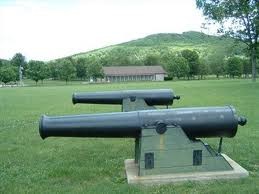
An overhead view of Fort Davidson.
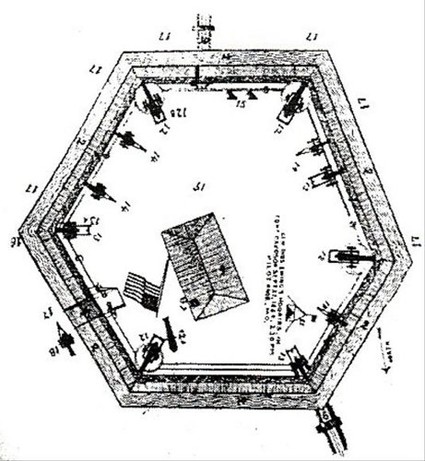
The Visitor Center and museum at Pilot Knob State Historic Park, which contains many artifacts from the battle and a diorama of the battlefield.
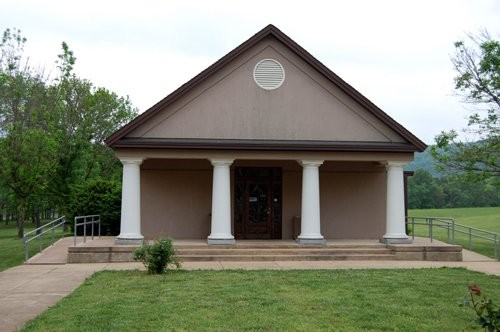
A contemporary map of Pilot Knob and the area.
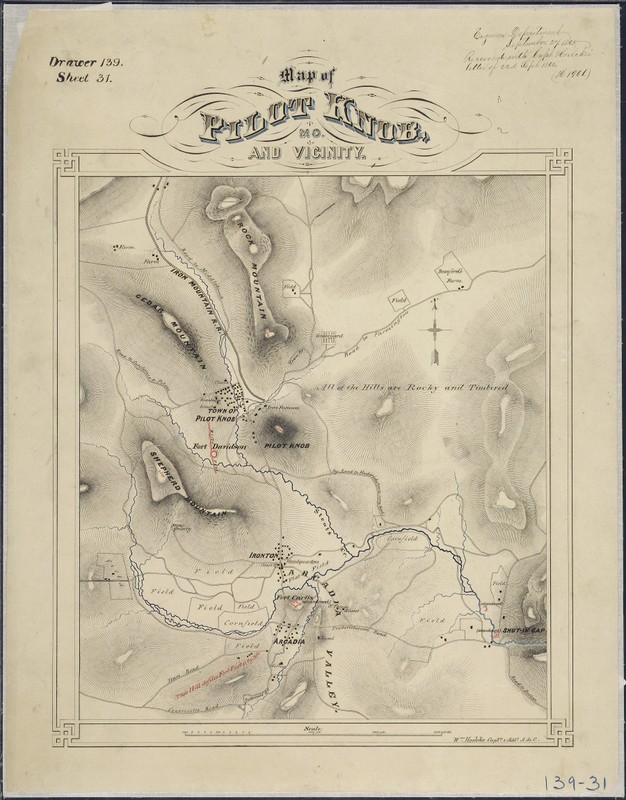
Union General Thomas Ewing.
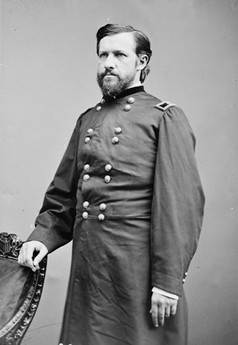
Confederate General Sterling Price.
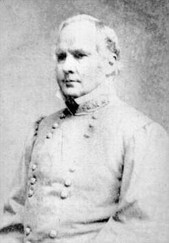
Gen. John S. Marmaduke.
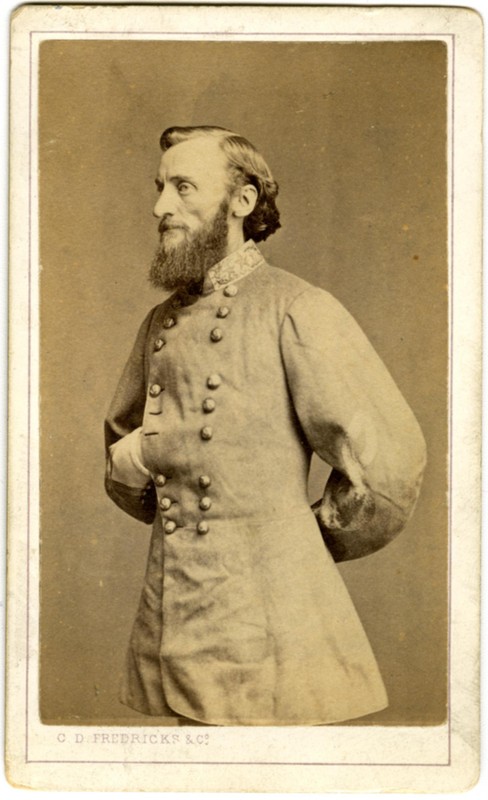
Union reenactors at the 2017 Battle of Pilot Knob. The full-scale reenactment is unique in that the number of reenactors is equal to the number of combatants in the historical battle.
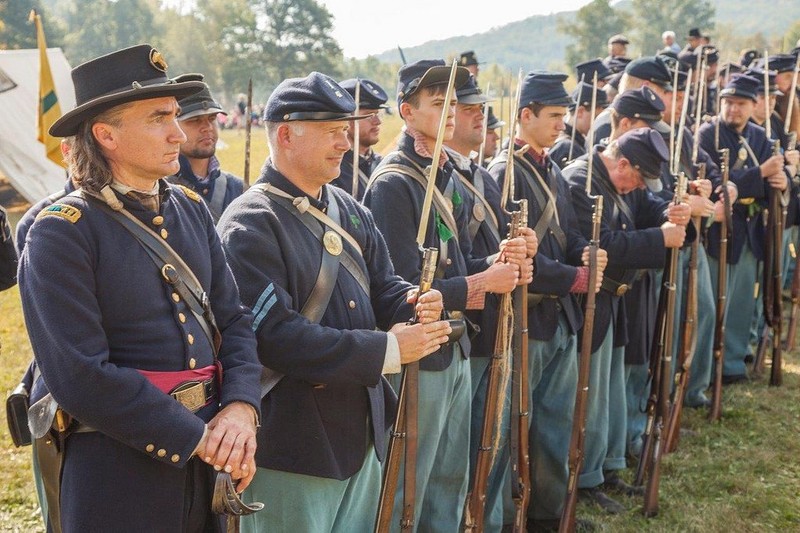
Confederate reenactors at the 2017 Battle of Pilot Knob.
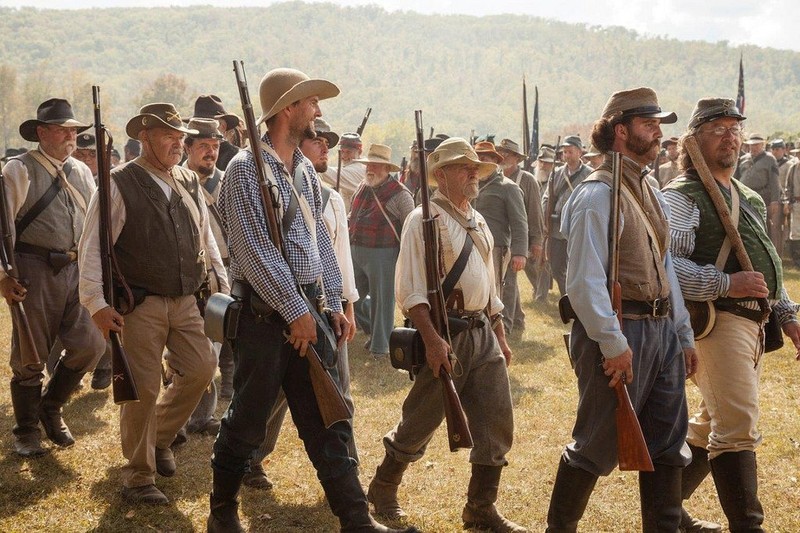
Backstory and Context
Text-to-speech Audio
The Fort Davidson Historical Site is a commemorative marker located in one of the world’s oldest mountain regions, the Ozarks. Although, this marker is known for the Battle of Fort Davidson, it also remembers those who worked the mines and railroads during the Civil War. The railroad and mines were a large part of the Union’s success at this time and this site remembers them as heroes, like those who fought on September 25th and 26th. With, reenactments are held every three years with 10,000, or more, people attending each time. Many tend to picnic in the field, search for Civil War artifacts, or walk about to gain a stronger understanding of what both sides went through during the two-day battle.
Before the war began, General Kirby Smith was victorious over the Union during the Confederates Red River Campaign in the Spring of 1864. As the Confederates needed victories and recruits, they marched into Missouri with a plan to capture St. Louis, weaken Union forces, recruit those in the neutral state to the Confederates purpose. Thus, destroying Abraham Lincolns presidential campaign. General Sterling Price was chosen to lead the way for their Missouri raid as he guided his “Army of Missouri”. This army consisted of 12,000 men and separated into three divisions: calvary, infantry, and artillery. All of which were guided by General James Fagan, John Marmaduke, and Joseph Shelby. Once recruited, the Army of Missouri departed Camden, Arkansas on August 28, 1864.
With the Confederates’ eye on taking St. Louis, they encountered a fort that stood amid their plans, Fort Davidson. This lightly defended fort of just 1,500 men, 3-4 large cannons, and several smaller cannons, was built by African American free men in the summer of 1863. The Fort features walls around 6-9 feet high and 100-150 feet long, while displaying a 10-foot-wide dry moat around 6-8 feet deep. The walls consist of large piles of tightly packed dirt, referred to as earthen walls, with large wood planks covering some spots to help defend against artillery and shrapnel. The final detail is the large drawbridge located on the Southeast corner of the hexagon shaped fort. It was the only way in and out of the fort.
The 1,500-man crew consisted of local militia and volunteer infantryman lead by Union General Thomas Ewing. They were low on supplies and severely outnumbered by the Confederates. On September 26, 1864, Price and his Army of Missouri began their raid on Ewing and his men. General Price attempted to attack from several different directions as they outnumbered the Union troops 8-1, but this attack lacked coordination. General Fagan sent his division on 3 different charges to breach the walls. On the final charge they would cross the moat, just to be unable to scale the large incline up and over the walls. This prolonged attack would then allow Union troops to redirect fire and ward off the other approaching Confederates.
After losing roughly 1,500 men, which was 10% of his army, Price would retreat and try to replan their attack for the next day, while making scaling ladders to help climb the earthworks. While doing so, General Ewing lead his men out of the fort the night of September 26th as they had lost around 200 men and were low on ammunition. Ewing would tell his men to remove a few cannons, destroy their arsenal, and eventually escape in the gap in the southern siege lines on the move towards Rolla, Missouri. Leaving the Army of Missouri with not enough men and nothing to take with them during their raid throughout the neutral state, was a victory for General Ewing and his men. As this battle occurred, Union soldiers in St. Louis were warned of the Confederates intentions and had plenty of time to prepare for the battle ahead.
Once General Price and his men took Fort Davidson, they continued their raid as they moved toward Jefferson City. After taking heavy casualties resulting in a loss in moral and supplies, St. Louis was out of reach for the Army of Missouri, resulting in a move toward the State Capital. With, Jefferson City was too fortified for Price and his men to attack so they then moved westward to Kansas City. The Army of Missouri then battled at Westport and lost again, with this defeat they moved south into Kansas. Once reaching the Battle of Mine Creek, General Price and his men would lose a final time before returning to Arkansas. After an unsuccessful raid to gain recruits, destroy Lincoln’s presidential campaign, and weaken Union forces, the Confederates would soon see a final change in the tide of the war.
Referring to the beginning in which it was mentioned that this historic site also remembers those who were working the railroad and mines during this time. The reason the Confederates needed this victory was that this fort was amid the Iron Mountain railroad and Iron Mountain mine. These two areas were directly connected to supplying the St. Louis industry as the Union needed iron and transportation of said material. The iron was being used for the Union’s army expansion, as they were creating ironclad gunboats. These were enormous iron gunboats that traveled the Mississippi River carrying several guns and around 250 men. This gives us insight into why we also remember these blue-collar workers and why these mines the railroad is also a part of the site’s commemoration.
Sources
American History Central. (2024, March 17). Battle of Fort Davidson, summary, Significance, Civil War. https://www.americanhistorycentral.com/entries/battle-of-fort-davidson-aka-battle-of-pilot-knob/
Fort Davidson. (n.d.). American Battlefield Trust. https://www.battlefields.org/learn/civil-war/battles/fort-davidson
Fort Davidson, Missouri and the Battle of Pilot Knob – Legends of America. (n.d.). https://www.legendsofamerica.com/mo-fortdavidson/
Battle of Pilot Knob | Missouri Encyclopedia. (n.d.). https://missouriencyclopedia.org/events/pilot-knob-battle
Fort Davidson historical marker. (2016, October 27). https://www.hmdb.org/m.asp?m=38440
Drupal.Symposiarch. (n.d.). Battle of Pilot Knob State Historic site. Missouri State Parks. https://mostateparks.com/park/battle-pilot-knob-state-historic-site
Brock, R. (2022, April 27). Fort Davidson Historic Site | Fort Davidson Hotel. Fort Davidson Hotel. https://fortdavidson.com/fort-davidson-historic-site/
